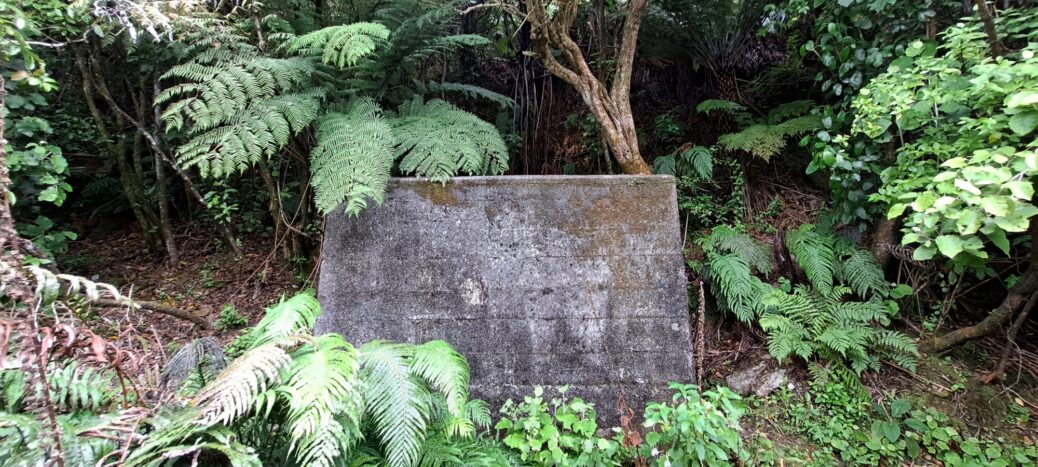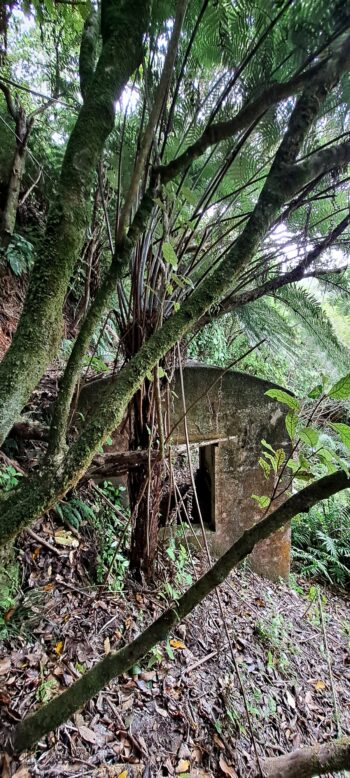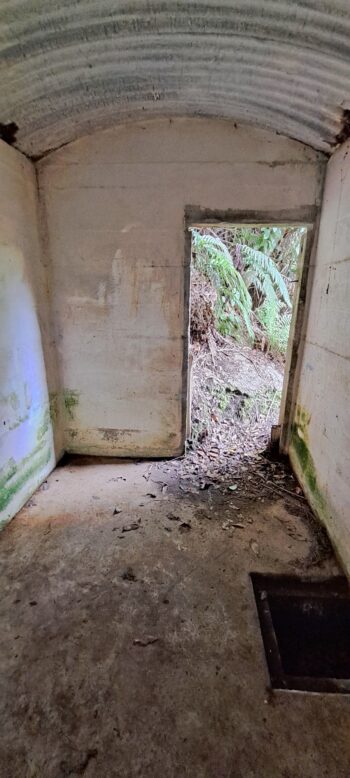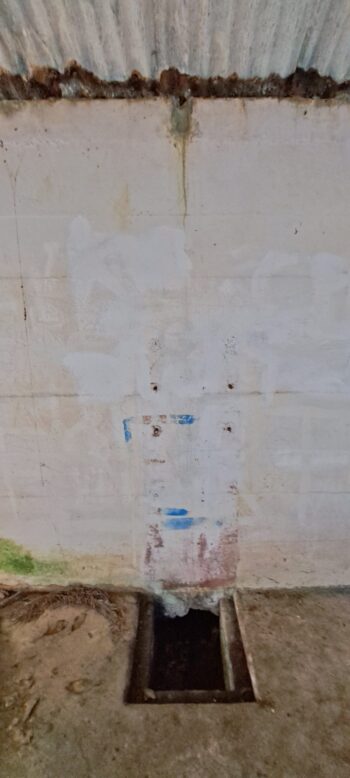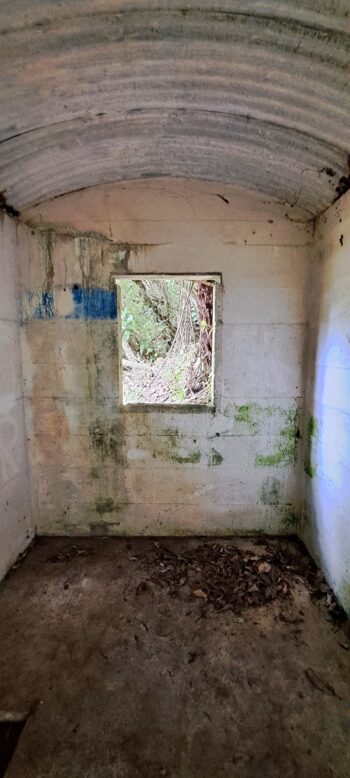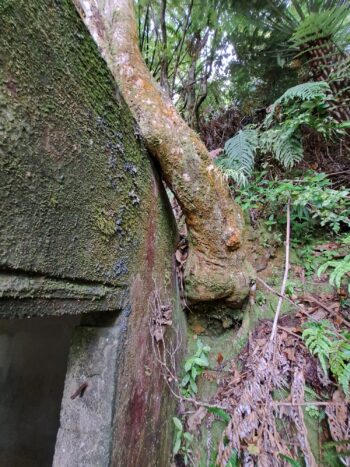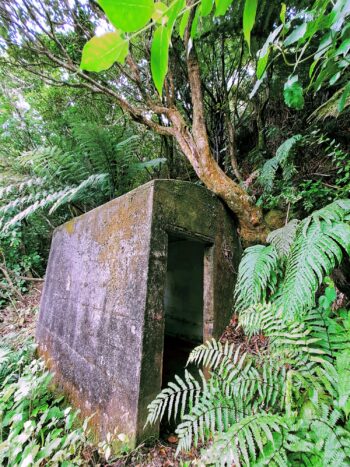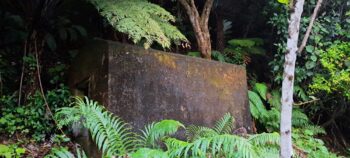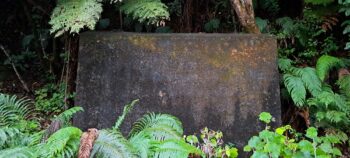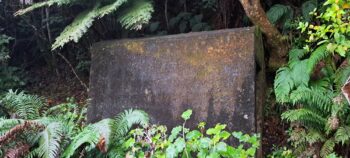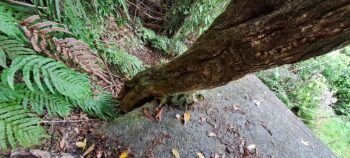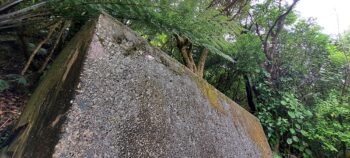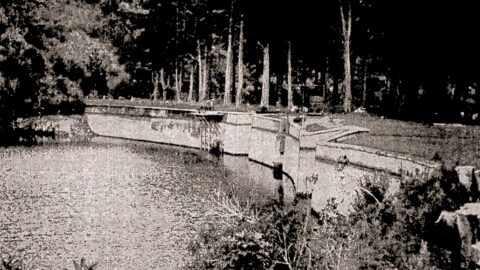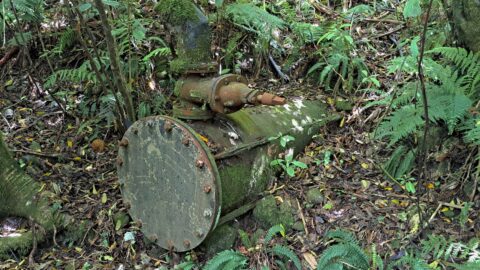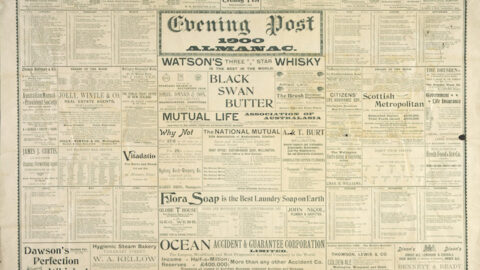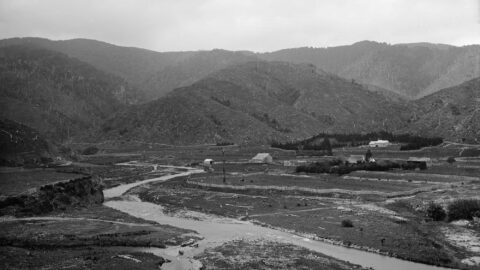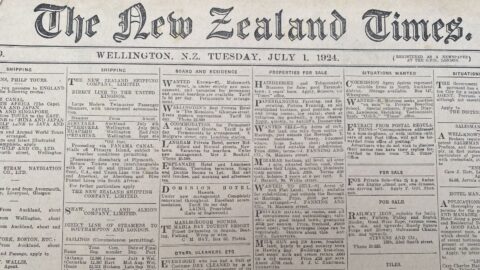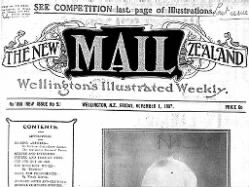Known as the meter house, this structure was erected between 1902 and 1903. Today it is hidden deep inside the native bush of Wainuiomata Regional Park.
Meter House is a concrete structure resembling a small hut, positioned above a cast-iron pipe and the older concrete water race, which lies approximately half a metre beneath its concrete floor. Between 1902 and 1903, the concrete water race was decommissioned and replaced with a 750mm cast-iron pipeline running alongside the original raceway. This new pipeline incorporated a Venturi meter, which was housed within Meter House for accurate flow measurement and monitoring. An old newspaper article mentions the meter house in 1903.
Inside the house, remnants of the water flow meter system can be seen on the walls and floor, once used to regulate the cast-iron pipe beneath. Near the entrance and a window, is concrete sealing at each end of the hut marking the entry points to the water race, which begins at Lower Dam and extends to Colemans Tunnel near Richard Prouse Park.
The house is of a rectangular design, measuring 3.365 meters along its longer side, corresponding to the track side or the south/north orientation. On the shorter side, measuring 2.455 meters, lies the east/west alignment. The height from the exterior to the arched concrete roof peaks at 2.5 meters. Positioned on the north side, the entrance features a window opposite on the west side, both fashioned from molded concrete.
Until the mid-1980s (perhaps later), the hut was visible from The Meadow which is known today as Hine Road Recreation Area. Over time, dense tree growth has obscured the structure from view. Its exact location is on an old track that ran parallel with Reservoir Road that use to accommodate four-wheel drive vehicles until about 2008. Since then, nature has all but reclaimed this section of the old track / road. It was initially carved out in the early 1880s for the water race’s construction and had undergone widening over the years to facilitate vehicular passage.

